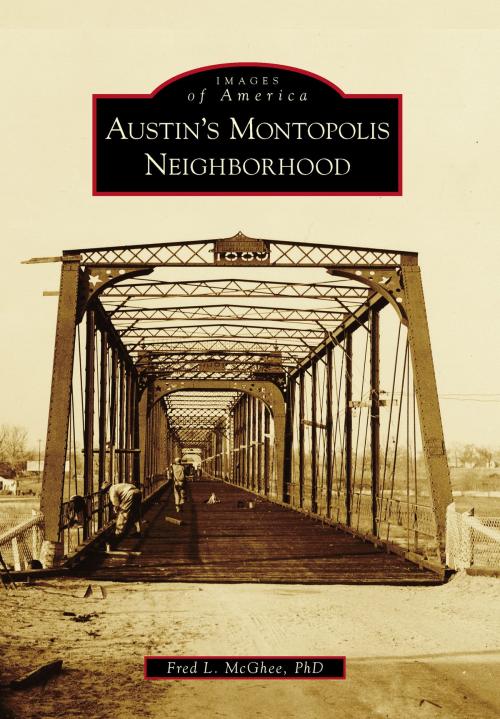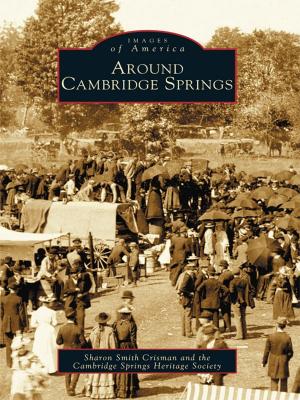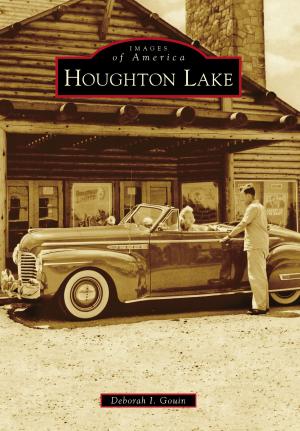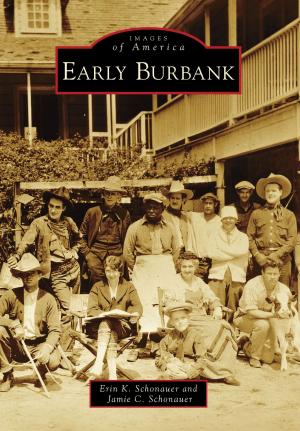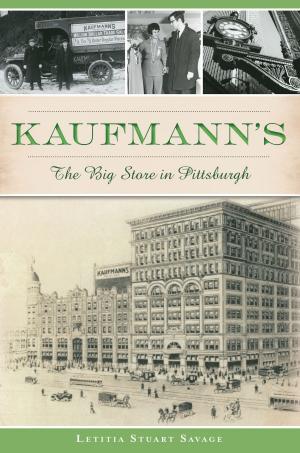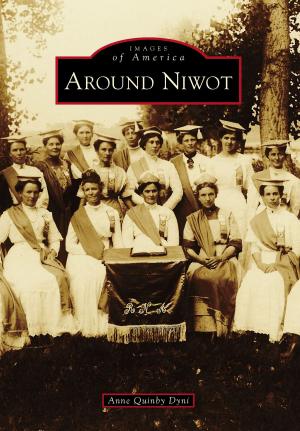Austin's Montopolis Neighborhood
Nonfiction, Travel, Pictorials, Art & Architecture, Photography, History| Author: | Fred L. McGhee Ph.D. | ISBN: | 9781439646939 |
| Publisher: | Arcadia Publishing Inc. | Publication: | August 25, 2014 |
| Imprint: | Arcadia Publishing | Language: | English |
| Author: | Fred L. McGhee Ph.D. |
| ISBN: | 9781439646939 |
| Publisher: | Arcadia Publishing Inc. |
| Publication: | August 25, 2014 |
| Imprint: | Arcadia Publishing |
| Language: | English |
Montopolis is a multiethnic neighborhood located approximately four miles southeast of downtown Austin. The area was long visited and occasionally occupied by various Texas Indian nations; the first documented European or American to settle here was Jessie C. Tannehill, who in 1830 built a cabin and townsite and gave the new community its pretentious name. Instead of establishing a permanent presence in Montopolis, however, subsequent European colonizers looked a few miles upriver to the new settlement of Waterloo, later to be called Austin. Rural and sparsely populated, the remainder of the 19th century saw the Montopolis area used primarily for plantation agriculture. In the 1920s, succeeding waves of Mexican migrants helped establish the modern neighborhood that exists today. Between the 1950s and 1970s, the City of Austin annexed Montopolis, although the area retains much of its rural character.
Montopolis is a multiethnic neighborhood located approximately four miles southeast of downtown Austin. The area was long visited and occasionally occupied by various Texas Indian nations; the first documented European or American to settle here was Jessie C. Tannehill, who in 1830 built a cabin and townsite and gave the new community its pretentious name. Instead of establishing a permanent presence in Montopolis, however, subsequent European colonizers looked a few miles upriver to the new settlement of Waterloo, later to be called Austin. Rural and sparsely populated, the remainder of the 19th century saw the Montopolis area used primarily for plantation agriculture. In the 1920s, succeeding waves of Mexican migrants helped establish the modern neighborhood that exists today. Between the 1950s and 1970s, the City of Austin annexed Montopolis, although the area retains much of its rural character.
